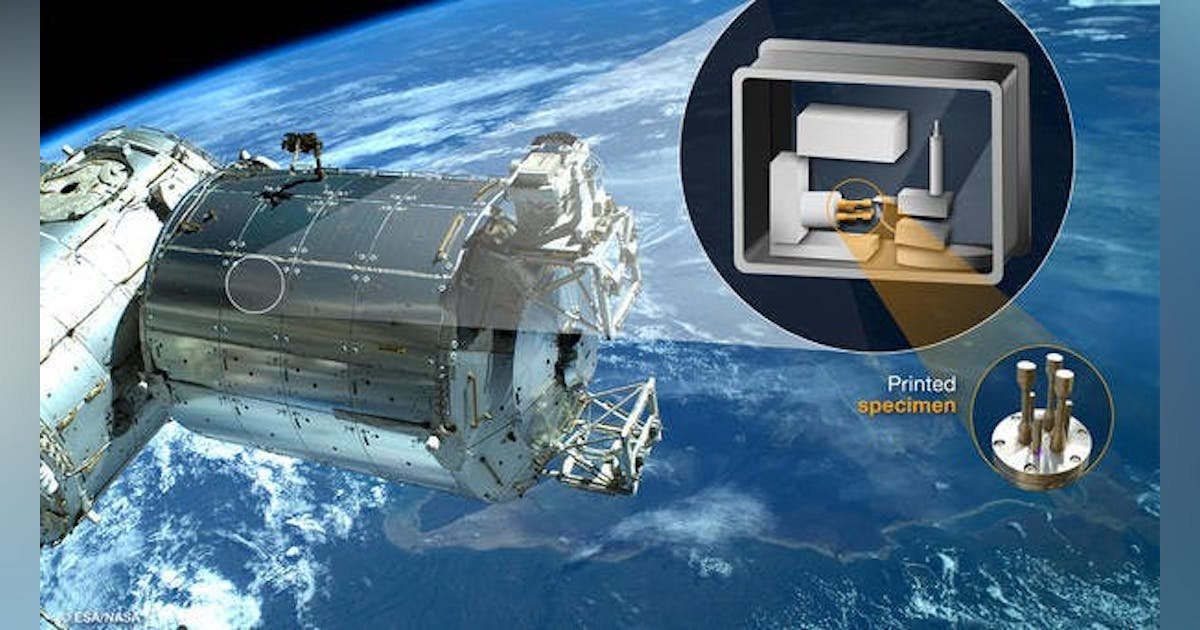BRUSSELS – The first metal 3D printer for space, developed by Airbus* for the European Space Agency (ESA), will soon be tested on board the Columbus module of the International Space Station (ISS). Airbus says it could be a real game-changer for manufacturing in space and future missions to the Moon or Mars. Continue reading the original article.
The military and aerospace electronics sectors adopt:
February 13, 2024 – Gwenaëlle Aridon, senior engineer at Airbus Space Assembly, says: “The metal 3D printer will open up new manufacturing possibilities in orbit, including the ability to produce load-bearing structural parts that are more resilient than a plastic equivalent.” Astronauts will be able to use tools such as wrenches or assembly interfaces that could connect multiple parts together. The flexibility and rapid availability of 3D printing will significantly improve astronauts’ autonomy.”
While the process of 3D printing is mastered on Earth, printing metal in space presents its own technical challenges, explains Sébastien Girault, systems engineer for metal 3D printers at Airbus. “The first challenge with this technology demonstrator was the size. “On Earth, current metal 3D printers are installed in a laboratory that is at least ten square meters in size,” he says. “To create the prototype for the ISS, we had to shrink the printer to the size of a washing machine.” This miniaturization is necessary to fit into the rack that will house the printer on board the ISS’s Columbus laboratory. “At this size we can print parts with a volume of nine centimeters high and five centimeters wide,” says Girault.
Related: Airbus Helicopters opens new 3D printing center in Germany
Related: GKN Aerospace and Materialize team on additive manufacturing in aviation
Related: The Evolution of 3D Printing and Additive Manufacturing
Jamie Whitney, Editor-in-Chief
Military + Aerospace Electronics
